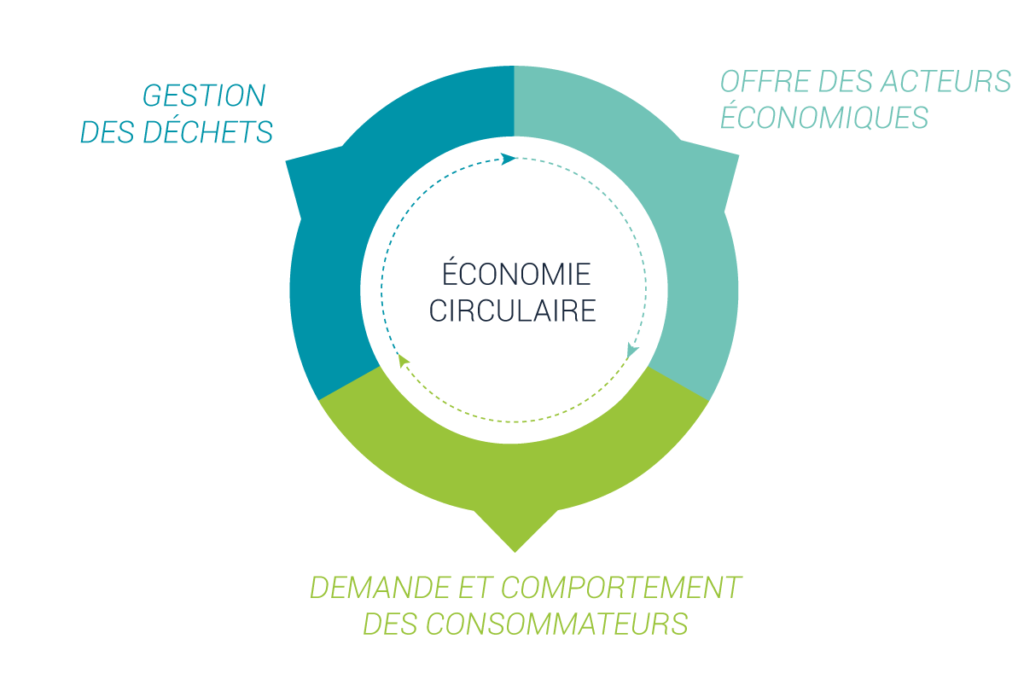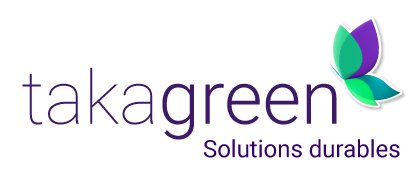
20 December What is the circular economy?
When we know that only 5% of used materials are reinjected into production, there is reason to ask questions... It is following the unanimous awareness of the limited resources of our dear planet that the concept of circular economy was born. Officially released in August 2015, this sustainable economic model promotes better waste management.
Takagreen thinks of you, supporters of sustainable development, and deciphers tomorrow's economy today.
What is the circular economy?
The circular economy is an economic model favoring the production of sustainable goods and services. Thus the objective is to limit the consumption and waste of resources. It is based on the use of raw materials from the recycling of waste, which makes it possible to improve the quality of the environment but also to develop new activities and jobs.
This “circular” economic model breaks with a more classic “linear” model: extract, manufacture, consume, throw away. If this linear economy is in perfect harmony with the current consumer society; the circular economy wants to be more responsible. We find the offers, demands and behavior of consumers, waste management then supply, demand. However, as its name suggests, the circular economy is a real spiral aimed at improving the environment by transforming the waste consumed.
Progress in several areas
If France seems to adopt 200% the principles of the circular economy. We note that there are still many areas in which we must progress:
- Sustainable procurement: Take into account the environmental and social impacts of the resources used, then implement a more responsible purchasing policy.
- Eco-design: Reducing the environmental impacts of a product or service from its design to its entire life cycle.
- Industrial and territorial ecology: The pooling of resources between economic actors in order to optimize their use.
- The functional economy: Product rental system from a sustainable development perspective
- Responsible consumption: Directing consumption towards more responsible products that meet social and ecological criteria
- Extending the duration of use: Promoting the use of repairs, developing second-hand purchases
- Recycling: Aims to use raw materials from waste
Future prospects
Thus the circular economy is now recognized as a national objective. In the long term, it will lead to many advances in terms of sustainable development. Here are some upcoming goals for 2025:
- First of all, reduce the amount of landfill waste by 50% compared to 2010.
- Then, aim for 100% recycled plastic.
- Then reduce greenhouse gas emissions by 4.
- Before ending up creating 500 additional jobs.
More information on the circular economy on the website of circular economy institute.
For a contact or other information, visit the page " Our expertise"


